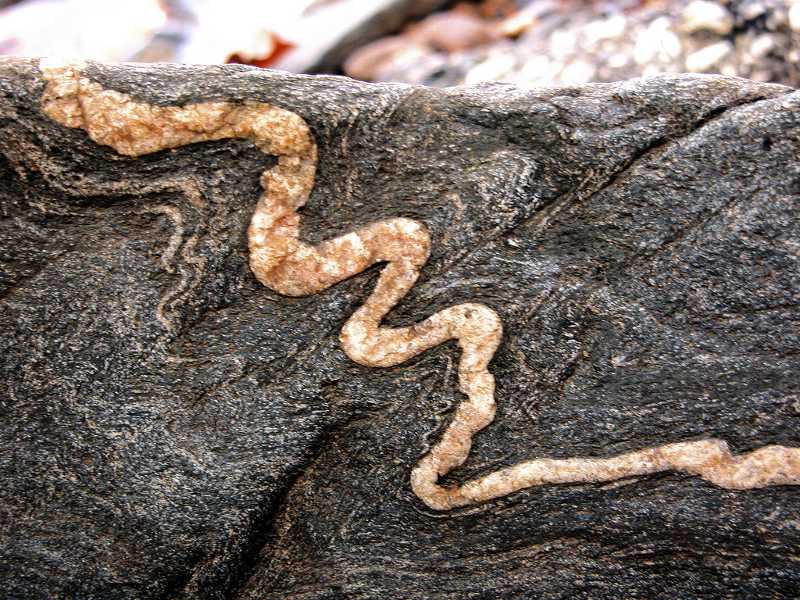FWP:
SETS == PHIR
ABOUT SPARKS AND STONES: When you strike a human, a drop of blood appears; when you
strike a rock, a spark shoots out (in the ghazal world, if not always in the natural world). Thus sparks are a sign of vitality, and also a reaction to pain and
injury, in rocks, the way blood-drops are in humans. Human blood flows in veins;
similarly, sparks must flow in the 'veins' of rocks. (It's convenient for
the translator that the same basic metaphor is used in English too.) These
are the background equations (blood drops = sparks; human veins = rock veins)
that make the present verse comprehensible-- if it is comprehensible. Other verses about sparks
and rocks/stones: {145,6x}; {145,12x}; {220,1}; {226,5} // {235x,5}; {248x,1}; {308x,2}; {320x,5}; {398x,6}; {416x,5}.
The speaker says, you (the familiar tum -- you, my friend) consider what I feel to be merely 'grief'. (On samajhnā as 'to consider', see {90,3}.) But what I feel is so much beyond mere ordinary 'grief' that there's no comparison. Why, if my 'grief' were a spark, then instead of a mere spark or two emerging when the rock is struck, an unstoppable drip would begin! So far, so good.
And yet-- there's 'that blood,' vuh lahū . The vuh adds colloquial force and emphasis. But what blood is it exactly? Is it fire and flames, as would be appropriate to the 'sparks' image? Is it human blood, as suggested by the 'dripping' [ṭapaknā] and the starting point of human 'grief'? And why do we start not with human blood, but with human grief-- or rather, some kind of superhuman 'grief'(?) that demands its own category?
There seems to be a real tangle of metaphors here, and I'm not sure it works itself out into coherence. Nazm, who usually makes this kind of complaint, seems to have no trouble with the present verse. But my doubts persist. Blood, grief, sparks-- it's a vivid, unusual, powerful verse, with striking imagery, and the reader gets the general idea. So in that sense it works. But can its internal logic really be made coherent?
Shamsur Rahman Faruqi gave his views (Oct. 1998) on this problem, when I told him of my doubts:
You are quite okay as far as you go. You need to take just one more step: If my heart were a stone, it would have sparks buried inside it, the way pain is buried in the real, flesh-and-blood heart. If my heart were stone, then the sparks buried in it would represent pain. And then the sparks, instead of flying out when the stone was struck, would cause so much pain to the stone just by being there, that the stone would bleed like a haemophiliac.
I'm not really sure this solves my problem.
You too, dear reader, will have to put in some work on this one. The basic thing that bothers me is that the 'this' is left too amorphous. It's not grief (because the addressee is apparently wrong to consider it so), and it's not a spark (because that's an explicitly contrafactual analogy). So what is it? The best idea I can come up with is that it's not grief but some quite different kind of 'super-grief'. If this 'super-grief' were a spark, it would be a super-spark, and would cause the effect described in the first line. But really, such strange contortions are required mostly because the second line is so unmoored and incoherent. Unusually in a late verse, he has given one twist too many; he has in my view 'over-rotated' his imagery.

Nazm:
The way grief is hidden in the heart, if in that way this madness had turned into sparks and become hidden in stone, then blood would have dripped from it too. The conclusion is that the effect of grief is that it turns heart and liver into blood. Even a liver of stone too would turn into blood. (21)
== Nazm page 21